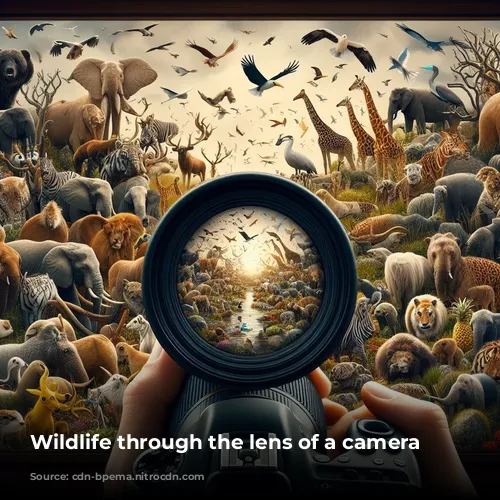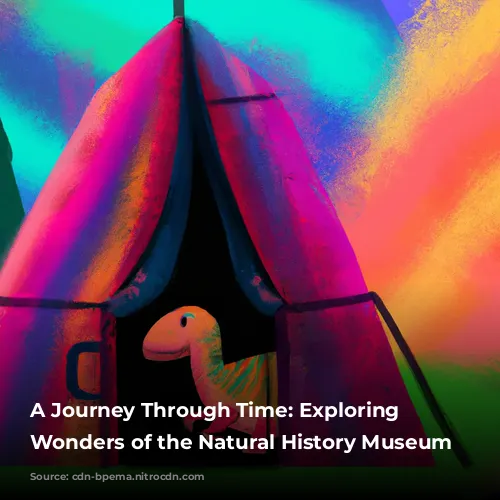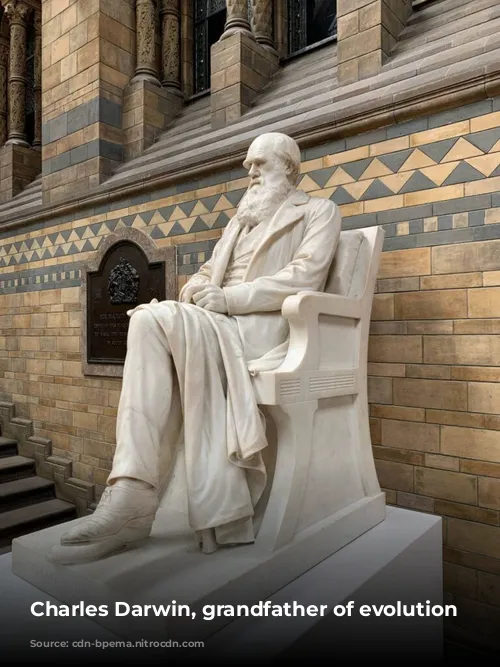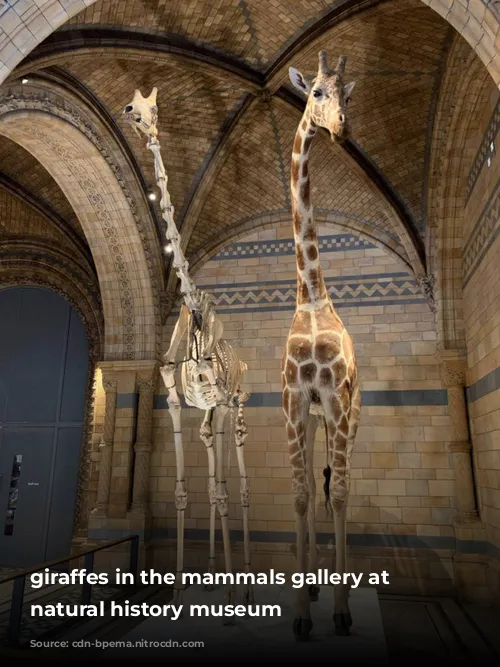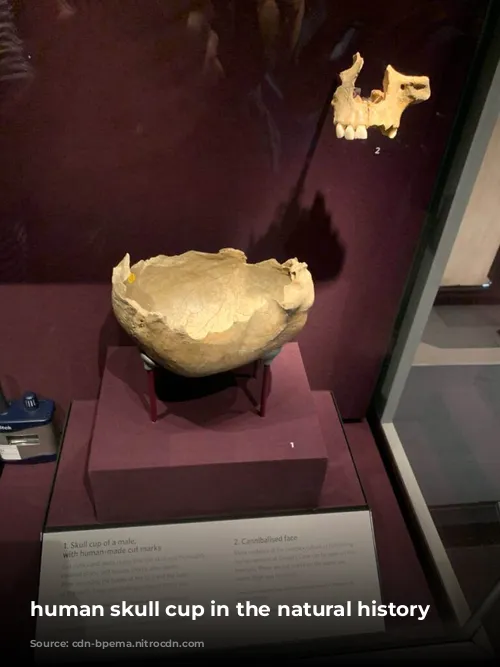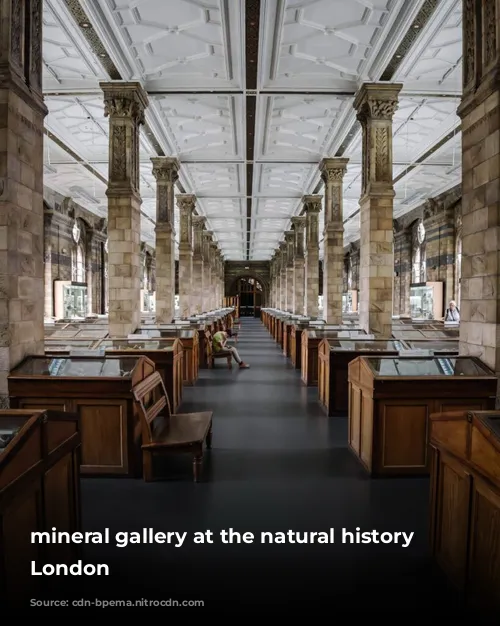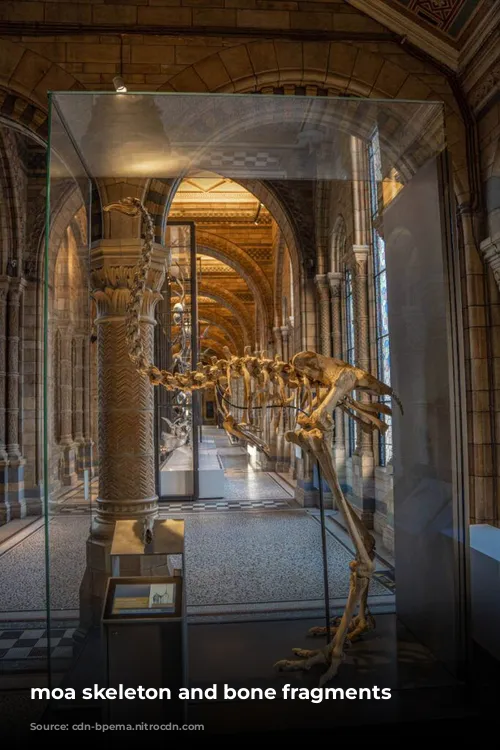Step into a world of prehistoric giants, fascinating mammals, and the dynamic forces that shape our planet. The Natural History Museum in London is a treasure trove of scientific wonders, captivating both young and old with its vast collection of specimens.
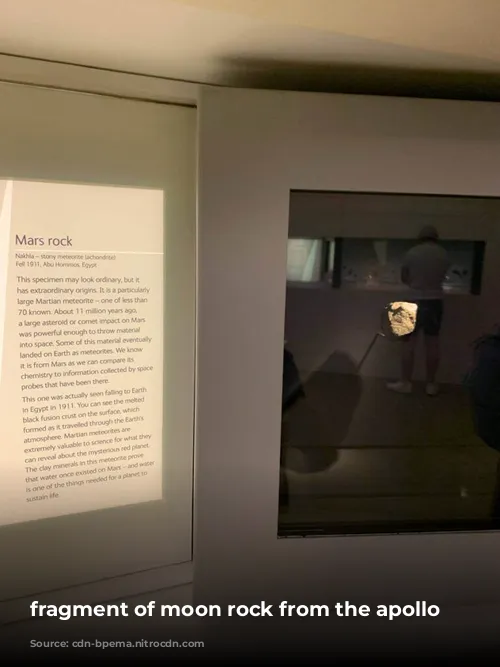
Dinosaurs: Giants of the Past
Prepare to be amazed by the Dinosaur Gallery, where a diverse array of dinosaur skeletons stand tall, showcasing the incredible range of these ancient creatures. From the tiny feathered dinosaurs to the massive sauropods, the collection offers a glimpse into the fascinating evolution of these majestic beings.
Discover the secrets of their lives through fossils of ancient plants, insects, and marine reptiles. The museum’s dinosaur collection is a result of decades of dedicated collecting, with specimens sourced from renowned sites worldwide, including the Morrison Formation in the United States, the Nemegt Basin in Mongolia, and the Isle of Wight in England.
The Dinosaur Gallery houses some of the most well-preserved dinosaur fossils, offering a window into the distant past. Witness the impressive animated T Rex and the enormous Triceratops skull, sure to leave you awestruck.
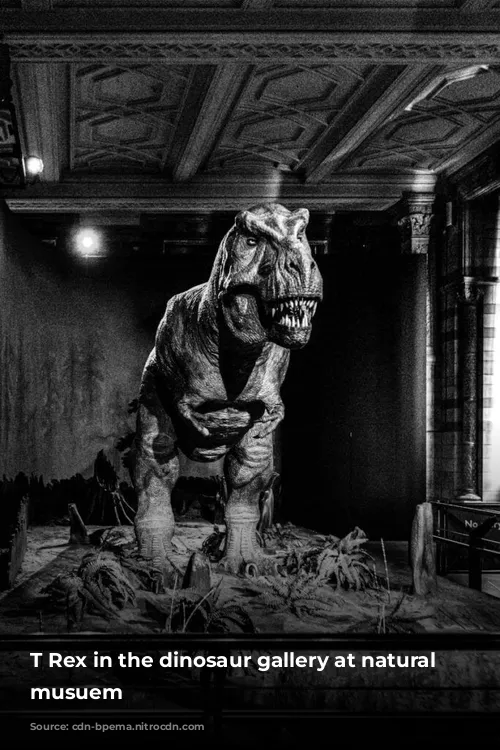
Unveiling the World of Mammals
The Natural History Museum boasts a remarkable mammal collection, showcasing the incredible diversity of animal life on Earth. From the majestic elephant to the tiny shrew, the collection highlights the remarkable adaptations and evolutionary journeys that have shaped these creatures over time.
The museum’s mammal collection has been assembled through scientific expeditions and generous donations. Many specimens are carefully preserved and mounted, allowing visitors to appreciate the intricate details of their anatomy and form.
Some specimens originate from remote regions of the world, offering a rare glimpse into the animals that inhabit these areas. Others are historic specimens, providing a window into the past and the changes that have occurred in the natural world.
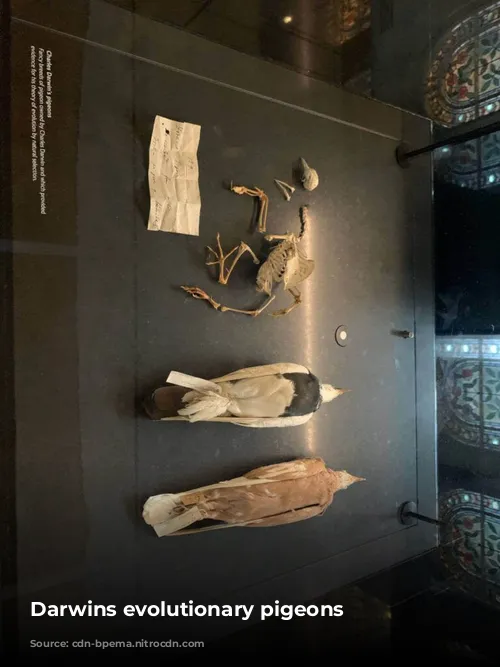
The Secrets of the Tower of London: Royal Lions and Their Fate
The museum houses two royal lion skulls, believed to have belonged to lions kept at the Tower of London during the Plantagenet rule. These majestic creatures, once symbols of power and grandeur, met a tragic fate.
Recent analysis reveals that these lions were not well cared for, suffering from malnutrition, leading to bone deformities, blindness, and ultimately death. These lions were also found to be males of a subspecies, the Barbary lion, now extinct in the wild, once inhabiting the Atlas Mountains and other regions of North Africa.
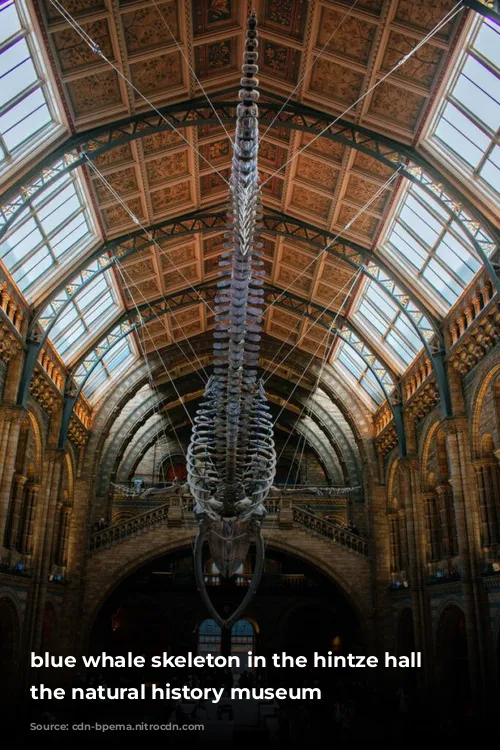
The Dynamic Earth: Unveiling the Forces that Shape Our World
The Earth Hall is a captivating journey through the inner workings of our planet, showcasing the dynamic and complex processes that shape its surface.
Experience the fury of volcanoes and the power of earthquakes. The exhibition features interactive exhibits and stunning displays that bring these powerful natural events to life.
Learn about the science behind earthquakes, how they are measured, and their impact on communities. Discover the different types of volcanoes, from shield volcanoes to cinder cones, and understand their role in shaping the Earth’s surface. The Earth Hall provides a unique opportunity to delve into the depths of our planet and understand the dynamic forces that shape our world.
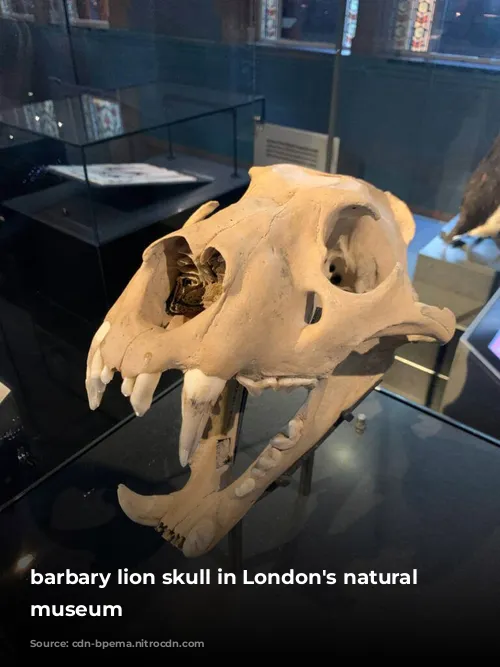
The Legacy of Charles Darwin: Pigeons and the Theory of Evolution
The Natural History Museum houses a remarkable collection of Charles Darwin’s pigeons, which played a significant role in his groundbreaking theory of evolution.
Darwin, an avid pigeon fancier, observed the wide variation in their forms and colors, leading him to question how these differences arose and how they were passed down through generations. This curiosity ultimately led to the development of his theory of evolution by natural selection, famously described in his book “On the Origin of Species.”
The museum’s collection of Darwin’s pigeons includes a variety of breeds, some of which he kept at his home. These specimens are of immense scientific and historical significance, providing a tangible link to one of the greatest minds in the history of science.
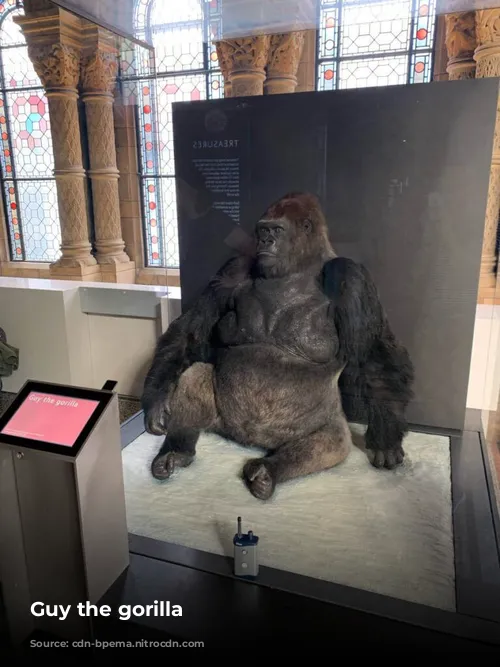
A Testament to the Wonders of Our Planet
The Natural History Museum’s vast collection is a testament to the beauty and complexity of our planet. Whether you’re a curious visitor, a budding scientist, or simply someone who appreciates the natural world, there’s something for everyone to enjoy.
So, embark on your own journey of discovery through the wonders of the Natural History Museum.
